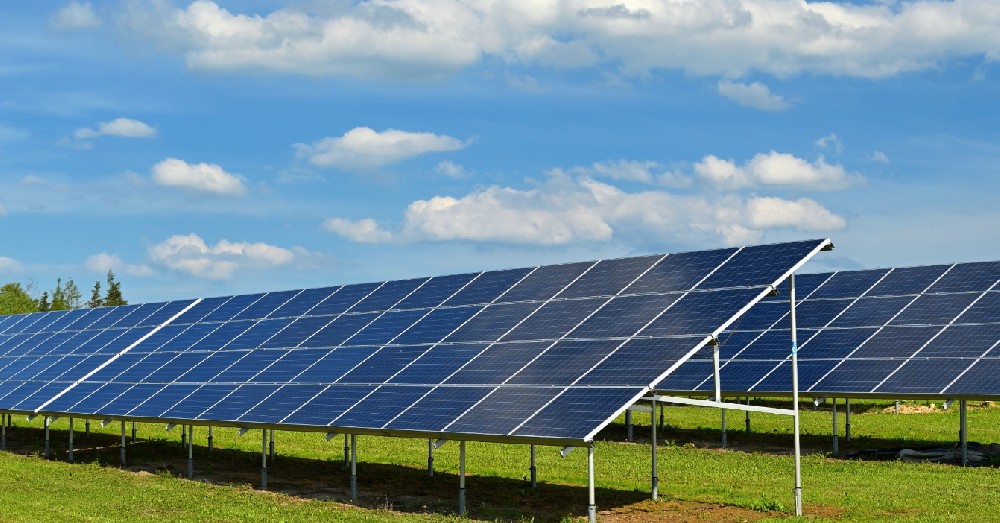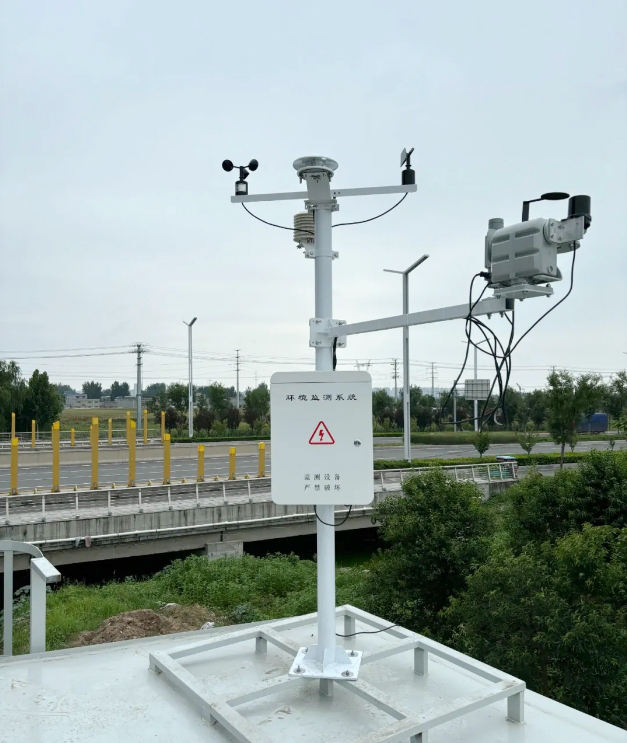

— Blogs —
—Products—
 Consumer hotline +8618073152920
Consumer hotline +8618073152920 WhatsApp:+8615367865107
Address:Room 102, District D, Houhu Industrial Park, Yuelu District, Changsha City, Hunan Province, China
Product knowledge
Time:2025-03-28 15:32:49 Popularity:60
A photovoltaic meteorological station is an advanced monitoring device specifically designed for solar power generation, playing a critical role in the renewable energy sector. By precisely measuring meteorological parameters, it provides scientific support for the operation efficiency, maintenance management, and energy optimization of photovoltaic power stations. With the global increase in demand for clean energy, photovoltaic meteorological stations are becoming key tools in advancing solar energy utilization and addressing climate change. This article will provide a detailed introduction to its working principles, technological features, and application value in various fields.

A photovoltaic meteorological station is a weather monitoring system custom-built for photovoltaic power stations, designed to collect environmental data from the station's location in real-time. It is equipped with a variety of high-precision sensors that can measure temperature, humidity, wind speed, wind direction, atmospheric pressure, rainfall, and most importantly, solar radiation parameters (such as total radiation, direct radiation, and diffuse radiation). This data not only helps assess the performance of photovoltaic panels but also provides the basis for predicting energy output and developing maintenance strategies.
Unlike traditional meteorological stations, photovoltaic meteorological stations are powered by solar energy and incorporate intelligent design, supporting remote data transmission and analysis. This green and intelligent feature makes it an indispensable "weather sentinel" in photovoltaic power generation systems.
The operation of a photovoltaic meteorological station depends on the collaboration between the photovoltaic power supply system and the meteorological monitoring system:
- Core Components: Solar panels, charge controllers, and batteries.
- Operation Mode: Solar panels convert sunlight into DC power, the charge controller manages energy storage in the battery, ensuring stable operation even at night or on cloudy days. This self-sufficient energy mode eliminates the need for an external power supply, making it ideal for remote areas.
- Types of Sensors: Includes temperature sensors, humidity sensors, wind speed and direction sensors, atmospheric pressure sensors, and solar radiation sensors.
- Function: These sensors capture environmental changes in real-time. For instance, light intensity determines photovoltaic panel power generation efficiency, wind speed and direction affect equipment safety, while temperature and humidity are related to component lifespan.
- Collection Process: Data collectors integrate sensor signals, perform preliminary processing, and store data.
- Transmission Method: Data is uploaded to a cloud platform or data center via wired or wireless networks (such as 4G or Wi-Fi), allowing users to access it remotely. This real-time transmission ensures timely information availability.
- Users can view real-time or historical data through interfaces, analyze meteorological trends, and adjust operational strategies accordingly. For example, solar radiation data can predict daily power generation, and abnormal wind speed can signal maintenance needs.

The design and functionality of photovoltaic meteorological stations make them stand out in practical applications:
Completely powered by solar energy, they do not rely on fossil fuels, reducing carbon emissions and aligning with global low-carbon development goals.
Sensors offer high precision (e.g., radiation measurement error within ±5%), capturing subtle environmental changes and avoiding the uncertainties of manual observations, providing reliable data for scientific decision-making.
Real-time data uploads allow users to check information at any time via mobile or computer, greatly enhancing management flexibility and response speed.
The system adopts a modular design, allowing users to add or remove sensors (e.g., for rainfall or dew point monitoring) based on needs, facilitating upgrades and maintenance.
The robust structure and self-sufficient power characteristics make it adaptable to various environments (such as deserts or high altitudes), requiring minimal maintenance and lowering long-term operational costs.

The applications of photovoltaic meteorological stations extend beyond photovoltaic power stations, benefiting sectors such as agriculture, urban planning, and scientific research:
- Efficiency Enhancement: By monitoring light intensity and wind direction, operators can adjust the angle of photovoltaic panels to maximize energy capture. For instance, optimizing tilt angles on cloudy days can increase energy output by more than 10%.
- Safety Protection: The system issues warnings during strong winds or heavy rain, automatically adjusting equipment status or pausing operations to prevent damage.
- Performance Prediction: By analyzing historical data, power generation trends can be predicted, and maintenance can be planned in advance to reduce downtime losses.

The meteorological data provided (such as temperature, humidity, and radiation) can guide irrigation and planting decisions. For example, monitoring light and humidity in arid regions helps optimize water resource allocation and improve crop yields.
In urban design, it evaluates wind environments and light conditions, helping optimize building layout and ventilation systems. For instance, monitoring urban heat island effects can guide green space planning.
Long-term data accumulation provides material for climate change research. For example, analyzing radiation trends reveals regional differences in solar energy potential, supporting energy policy formulation.
The data from photovoltaic meteorological stations can be linked with smart grids and energy storage systems, predicting power generation peaks and optimizing electricity distribution, improving energy utilization efficiency.

As a bridge between photovoltaic power generation and the natural environment, the photovoltaic meteorological station, with its green power supply, high-precision monitoring, and intelligent management capabilities, is transforming the way solar energy is utilized. From enhancing power station efficiency to supporting agriculture and urban development, its multifunctionality benefits multiple industries. In today’s pursuit of a low-carbon future, the photovoltaic meteorological station is not only a symbol of technological progress but also the intelligent core of green energy development. As innovation continues, it will inject new vitality into sustainable energy systems.
NBL-W-HPRS-Solar-Radiation-Sensor-Instruction-Manual-V3.0.pdf
NBL-W-SRS-Solar-radiation-sensor-instruction-manual-V4.0.pdf
Prev:Agricultural Meteorological Stations and Forestry Automatic Monitoring Stations
Next:Photovoltaic Weather Stations: Intelligent Solutions for Green Energy and Multi-domain Applications
Related recommendations
Sensors & Weather Stations Catalog
Agriculture Sensors and Weather Stations Catalog-NiuBoL.pdf
Weather Stations Catalog-NiuBoL.pdf
Related products
 Combined air temperature and relative humidity sensor
Combined air temperature and relative humidity sensor Soil Moisture Temperature sensor for irrigation
Soil Moisture Temperature sensor for irrigation Soil pH sensor RS485 soil Testing instrument soil ph meter for agriculture
Soil pH sensor RS485 soil Testing instrument soil ph meter for agriculture Wind Speed sensor Output Modbus/RS485/Analog/0-5V/4-20mA
Wind Speed sensor Output Modbus/RS485/Analog/0-5V/4-20mA Tipping bucket rain gauge for weather monitoring auto rainfall sensor RS485/Outdoor/stainless steel
Tipping bucket rain gauge for weather monitoring auto rainfall sensor RS485/Outdoor/stainless steel Pyranometer Solar Radiation Sensor 4-20mA/RS485
Pyranometer Solar Radiation Sensor 4-20mA/RS485
Screenshot, WhatsApp to identify the QR code
WhatsApp number:+8615367865107
(Click on WhatsApp to copy and add friends)